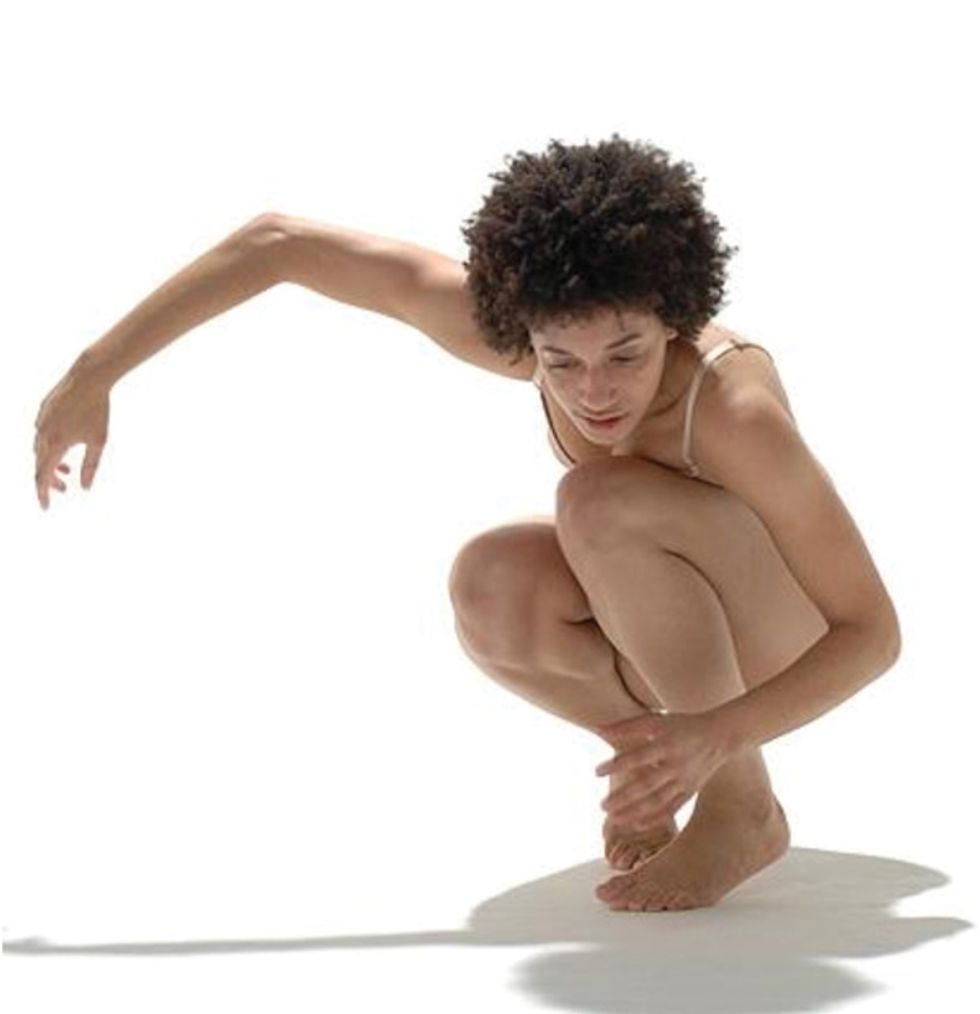The Benefits of Taking a Break

Callie Lyons (photo by Quinn Batson)
After Callie Lyons finished an intense summer dance program in Austria this year, she could tell her body needed rest. Her joints felt tight, and twinges of pain from old injuries were starting to creep in. “My body was pretty much breaking down,” she says. When she arrived home, Callie, who is a graduate dance student at New York University, tried simply reducing her dance load by taking fewer classes each week—but her body wasn’t recovering like she hoped it would. That’s when she did something many dancers fear: With six weeks left until her fall semester began, she took a month off from dance. “It was the best thing I could have done,” Callie says. “I have a better sense of my body now—when you come back, you see it differently.”
It’s normal for dancers to be afraid of taking a break. We’ve heard teachers warn, “However long you take off, it will take at least that long to get back to where you were.” In such a competitive field, who has that time to waste?
The reality, though, is that when a dancer trains intensely for most of the year, sometimes a short break is exactly what she needs. “As dancers, we don’t always think of ourselves as athletes,” says Carol Holyoke, MSPT, CFMT, CMA, a physical therapist who works with dancers at The Juilliard School and PhysioArts in NYC. “What athletes understand is that it’s during the recovery phases of their workouts that strength is really built.”
The Why
After finishing an intense dance period, such as a grueling performance run or a tour, a break is the perfect chance to let your body reboot for its next challenge and allow budding overuse injuries to heal. According to Kay Sandel, assistant professor of ballet, anatomy and pedagogy at Oklahoma City University, the benefits of taking a break can be as much mental as physical.
If you’ve been taking in new information faster than your body has been able to process it—especially if you feel like you’ve plateaued technically, no matter how hard you train—a break is a chance to mentally process everything you’ve learned and prepare to receive new material. “You have to recharge your body and mind, and when you come back you’ll probably find that things fall into place much easier than they did before,” she says.
We all know taking a break is necessary when you’re injured, but sometimes the hints that your body requires rest are subtler. According to Holyoke, signs you need a break include extreme fatigue, lots of little pains or injuries, decreased muscle performance (“suddenly feeling like you’re getting weaker in class instead of stronger”) and depression. “If you’re always wiped out, you’re not progressing and everything seems to be going in the wrong direction, you need to rest,” she says. “It’s the same with athletes—it’s overtraining syndrome.” She says people who are over-trained may feel irritable and stressed, and have trouble sleeping. Once you’ve reached this point, the only solution is to take it easy for a few days, or even weeks. When your muscles have healed, they’ll be stronger and ready to accept new challenges.

Callie (center) performing Women’s Circle at New York University (photo by Breegan Kearney)
The How
“A break is a repairing time,” says Holyoke. She recommends taking the time to focus on eating lots of nutrients and getting enough sleep. Callie also got a sports massage to encourage her body to relax.
But you shouldn’t be a complete couch potato. “It’s a great time to cross-train,” Holyoke says. Basic yoga or Pilates can help keep your muscles long and strong. Holyoke especially recommends taking the opportunity to boost your cardiovascular fitness with low-impact exercises such as swimming or biking, since aerobic endurance is a common weakness for dancers. If you’re physically up for it, taking two to three basic technique classes each week while you’re on break, or doing a floor barre at home, can help your body maintain some of its conditioning while it recovers. Still, Holyoke recommends taking two days per week of full rest during this period. Toward the end of your break, be sure to gradually increase your activity level to safely prepare your body for its usual workload.
Sandel also recommends incorporating dance visualization into your break—that is, spending time imagining yourself performing certain steps effortlessly. She cites a study by the University of Chicago in which a group of basketball players who replaced practice with visualization improved their free throws just as much as a group who physically practiced daily. Of course, dancers shouldn’t entirely replace class with visualization—but during a break it’s a way to stay proactive.
The Challenge
Even with the benefits in mind, spending time outside of class can be difficult. “It takes a lot of maturity to step away,” Callie says. “We become obsessed with working hard—and we don’t know when to take a step back.”
Holyoke agrees. “You might be worried that people will judge you, or that you’ll fall behind,” she says. “You’ll have to spend time getting back in shape, but that’s OK. In the end, you’ll be better off for it.” Over the course of an entire year of dance, there’s no need to feel guilty about taking a couple weeks here and there to rest. Sandel says, “You’re taking one step back so that you can take two steps forward.”




